Text and photos by Alberto Maserin.
Coming from an Italian background, Catholicism has always played a very important part in my culture and daily life. From a very early age I was involved with my local parish and going to afternoon catechism classes to prepare for my First Communion.
I remember that the local priest use to let us play football before the class started to keep us interested and stop us going crazy. Other times he used to show us some of the latest movies. We were just a gang of very chaotic youths, like anybody between the ages of 7 and 10. We were kids with a low attention span and full of energy that wanted just to play and have fun; but having to follow the rules and behave while we were doing the altar service was difficult for us.
Inside the church before mass you could hear the buzz of people chatting all around, kids laughing, the noise of footsteps as people came in . . . and then all noise suddenly stopped at the sound of the bell which announced the priest’s arrival.
At that point in time you could feel the crowd become quite reverential towards the man in the vestments who stepped upon the altar. Once he put on those bright vestments and stood on the altar then he becomes something different than he was before. Catholic teaching says that the priest becomes a vessel of Christ and only he has the power to transform the host and wine into the Body and Blood of Jesus Christ through the process of transubstantiation during the mass.
It was difficult to say what made us behave, maybe it was the respect we felt on the altar and the idea that something mysterious was happening in front of us that meant the priest had to dress in such unusual clothes. It was always very impressive to see the mass from the altar and watch the priest and the congregation as they performed the rituals of the mass. Anyhow at the end of each mass there was a free copy of a comic magazine for us as a reward for behaving!
When I grew up and became a teenager I kept going to mass regularly with my local Scout association where most of our activities were associated with religion and we met a lot of different priests who were part of different religious orders. We had a laugh with them, played games and sometime ate lunch with them. The Sunday mass was an important part of the scout life. Even when I didn’t have to go to the scouts on a Sunday, I used to go to mass because all my friends were there and sometimes you could chat to a local girl you liked.
On its own a symbol can be meaningless but when it is located within a specific context it can acquire an awesome power. So when the priest puts on his vestments, who he was before the mass, all his individuality and personality, disappears. He is transformed into somebody that could have stepped right out of the middle-ages. It’s like he travels back in time to a different world when the power of the church was much greater and it was the center of all education and power in Europe. Its hard to believe nowadays but the bright colors of the vestments would have been quite spectacular hundreds of years ago when life was a lot less bright. It was a real sign of status and power to have bright colours; most people in medieval Europe lived in a very dull world so the decorated church and the brightly dressed priest would have had a huge impact upon them.
The priest’s preparation for service is done in the sacristy, a room in a church where vestments and other sacred items used in worship are kept. Because these are private places, usually unseen by the public, they have often been personalized by the clergymen and remind me of dressing rooms you would see backstage at a performance. What is fascinating about these rooms is the mixture of sacred religious objects (hosts, bibles, patens, chalices, etc.) mixed in with what we all see in everyday life (Irish dictionary, emergency phone numbers, radios, tea mugs, etc.). I remember in one particular sacristy seeing a poster of Liverpool football team hanging on the wall. I did not know if it was there to get a little extra help from Somebody above to win matches in the premier league or just for decoration! This extraordinary environment is perhaps the most intriguing site in any church because here sacred and profane blend and collide each other, more than anywhere else in a church.
I suppose it was around at this time that I became fascinated by the mystery and layers of meaning, which are associated with the rituals of Catholicism. The meaning of these rituals and the symbolic purpose of the garments have lost their original significance and we just take them for granted I suppose. But every aspect of the mass, from the architecture of the church to the medieval vestments the priest wears, is designed to enhance the spectacle and theater of what you see happening at the altar.
My work is an attempt to capture the transitional moment when the individual disappears beneath the sacred vestments and he readies himself to celebrate mass. Over the years, I have met a lot of clergymen who have all had very different personalities: gentlemen and intellectuals, traditional or modern, talkative and quiet, colourful and dull, but once they were in the act of celebrating mass they all have to conform to a certain expectation we have of how a priest should behave during this time. It is amazing how the wearing of a certain type of clothing transforms how you behave and act. Clothes alter our perception of people and in everyday life we look at the same person differently if they are dressed in casual clothes or if they are wearing a suit and tie. They are the same person but our perception of them changes depending on their outward appearance.
For more informations and photographs, please visit Alberto Maserin website.

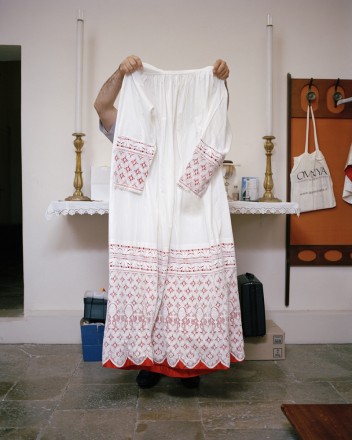
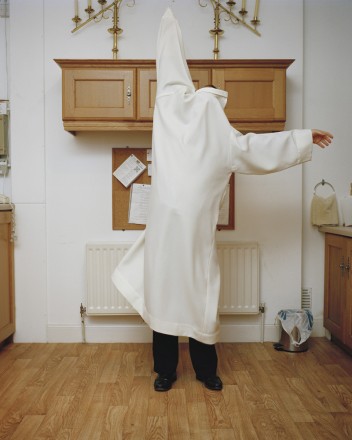
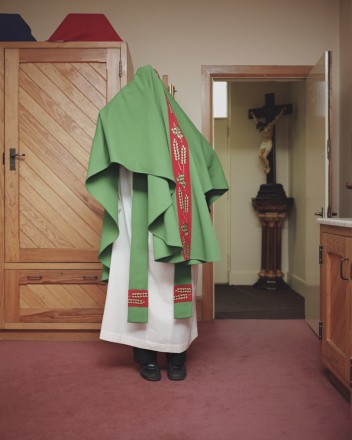

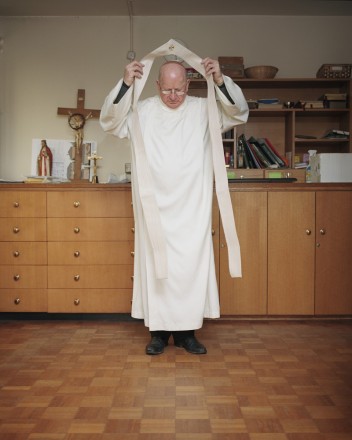
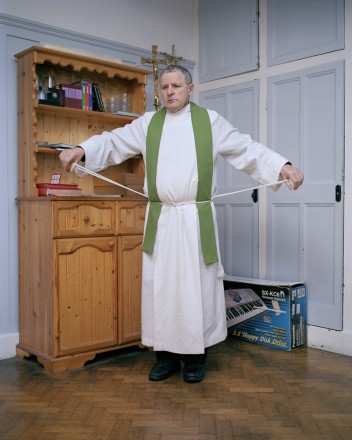
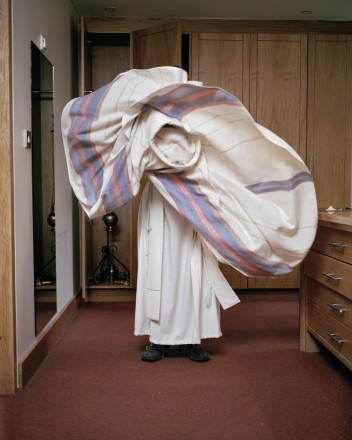
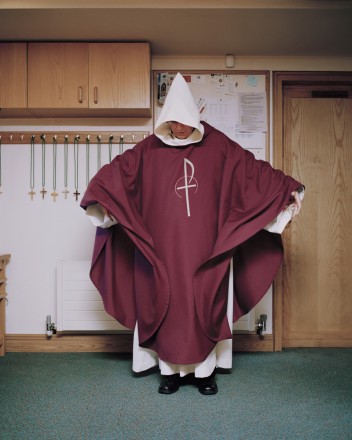
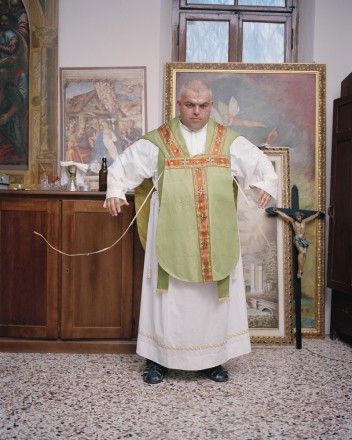
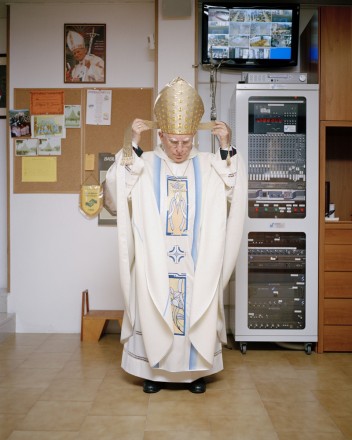
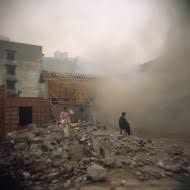
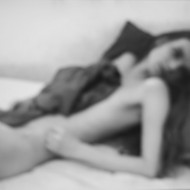
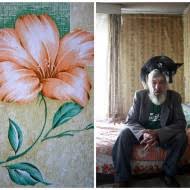
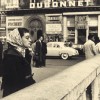
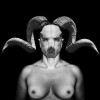





























“They are the same person but our perception of them changes depending on their outward appearance”.
Really interesting text and photographs Alberto!
It took me also to my teenagehood (10yo?) as my very first contact with photography was inside the sacristies, going and carrying my father’s gear to photograph the sacred art-pieces of the churchs. I now own and use myself the Asahi Pentax that I carried before for my father (that I use as a sacred piece). Who knows if that’s the reason why I include so much the ritual concept on my work. Thank you for sharing.
You can also subscribe to this post comments RSS feed.